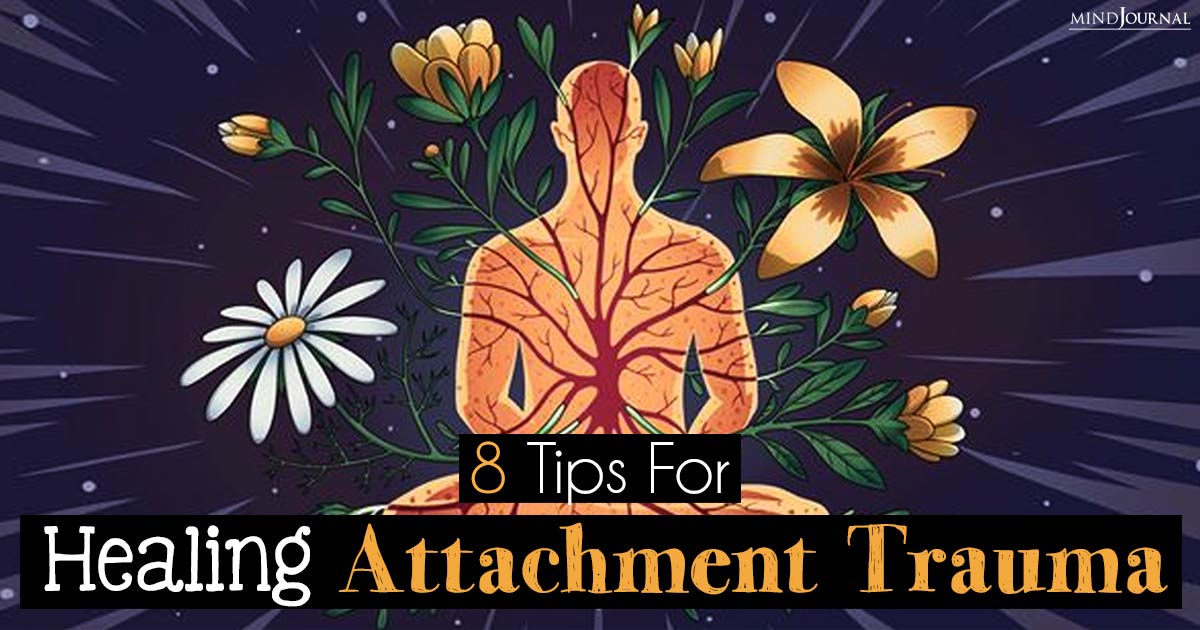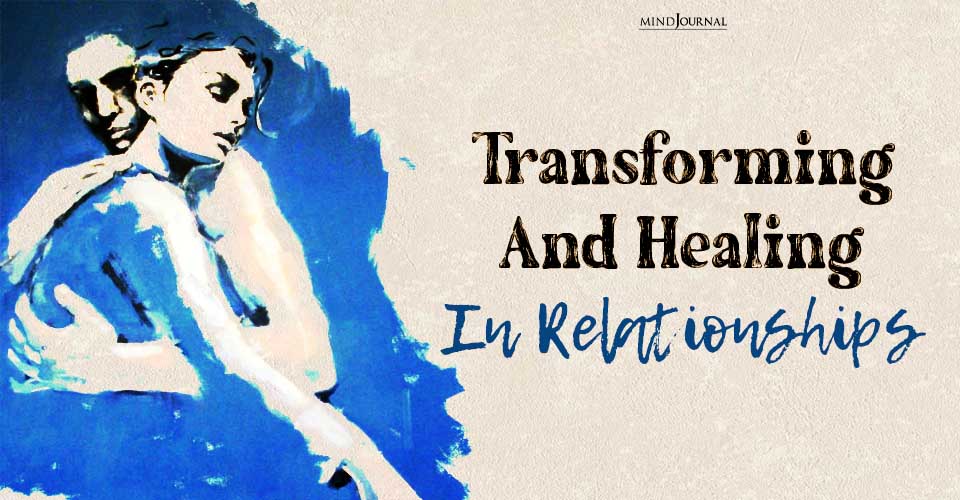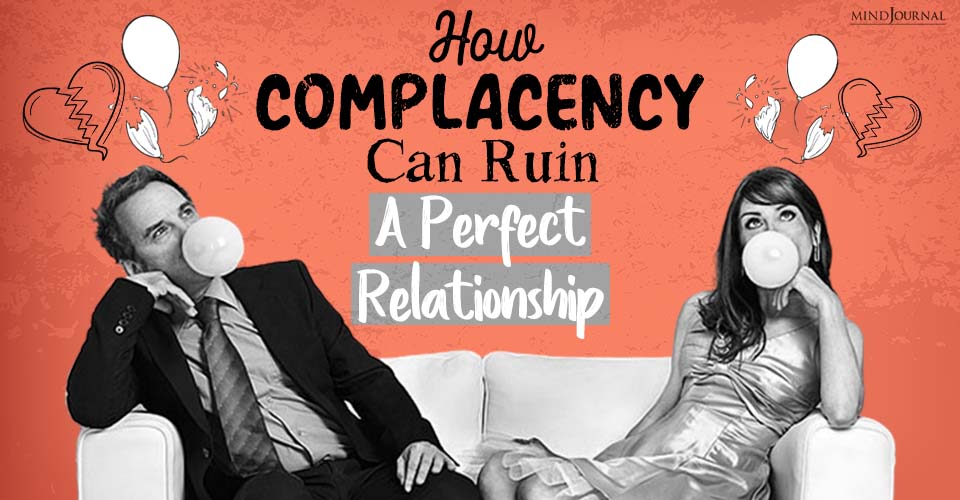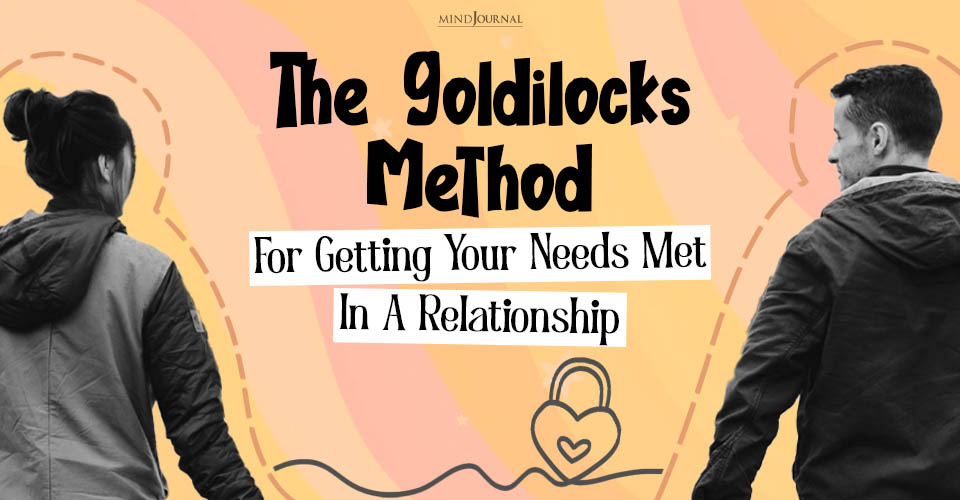Are you trapped in a cycle of toxic relationships? Do you often ask yourself why you are unable to build or maintain loving, healthy relationships? When you are constantly haunted by past trauma, it can be difficult to connect with others. Understanding the importance of healing attachment trauma can improve your ability to trust others and build more positive relationships.
Trauma is a deep-rooted psychological and emotional wound that can have a profound impact in different aspects of our lives. Learning to identify and overcome certain negative experiences from our past can empower us to build healthy attachment bonds.
So today we are going to explore what is attachment trauma, signs of attachment trauma in adults and attachment trauma treatment. Let’s dive in.
What is Attachment Trauma?
Attachment trauma refers to emotional wounds developed in infancy and early childhood, especially due to distorted relationships or unhealthy attachment patterns with primary caregivers.
When a child experiences maltreatment, abuse, neglect, inconsistent care from parents or separations, it can affect their ability to develop trusting and secure attachments. Unfortunately, this trauma can impact their emotional and relational development even in their adulthood.

Also known as early relational trauma, it involves various forms of repeated & cumulative interpersonal traumatic and stressful events over a period of time. However, according to researchers, it mostly occurs in specific relationships and contexts, such as parents or other caregivers.
Related: Invisible Wounds: 10 Ways Unresolved Attachment Trauma Manifests in Adults
Understanding Attachment Trauma
As infants and children, we are naturally programmed to seek love, emotional connection, comfort and safety from our primary caregivers. However, when these natural needs are continuously left unmet, unfulfilled, abused or violated, the child can experience attachment trauma.
So what is attachment trauma? The essence of attachment trauma is colored by a distorted development of unhealthy and insecure attachment. This can lead to serious emotional distress as secure attachments lie at the core of healthy self-esteem, positive relationships, ability to deal with stress & emotional regulation.
When you do not focus on healing attachment trauma, it can significantly affect your ability to trust others, build intimacy in romantic relationships and feel secure in relationships. By affecting your attachment style, it can leave you feeling misunderstood and isolated as an adult, struggling to connect with others throughout your life.
Attachment trauma makes one feel overwhelmed and leads to an unbearable emotional state. “Attachment trauma may occur in the form of a basic interpersonal neglect (omission trauma) or in the form of physical, mental or sexual abuse (commission trauma),” explains a 2019 study.
“Attachment trauma forces the child into a developmental dilemma with no way out, a constant “horror without resolution,” add researchers. Different forms of therapy such as attachment-focused therapy, can help in healing attachment trauma and attachment trauma treatment can empower individuals to build healthier relationships.

Signs of Adult Attachment Trauma in Adults
Knowing “what is attachment trauma?” is not enough as the first step to healing attachment trauma is learning to identify the telltale signs of attachment trauma in adults. Here are some of the most common indications of attachment trauma –
1. Fear of Commitment
In attachment trauma, adults have difficulty establishing close connections with others. They may become uncomfortable over emotional intimacy or closeness, and feel afraid of being left alone or rejected.
2. Lack of Trust
Establishing trust becomes difficult for people with attachment trauma. They might find it hard to believe how reliable someone is, making them more aware, vigilant, doubtful and skeptical in relationships, and in general.
3. Emotional Withdrawal
As a defense mechanism, individuals with attachment trauma may begin to withdraw emotionally. They may struggle to open up about their needs, wants and feelings as they are often afraid of being vulnerable and probable harm.
4. Codependency
Adults with attachment trauma tend to become codependent in relationships as they depend too much on others, seeking assurance, attention, validation and emotional security. This is one of the most common signs of attachment trauma in adults.
Related: What Is A Trauma Bond? 10 Signs Of Trauma Bonding
5. Fear of rejection
People with attachment trauma suffer from pervasive fears about being rejected by others. This fear often results in an excessive desire to please others which can make them compromise their boundaries and authenticity.
6. Low Self-Confidence
Attachment trauma can easily erode someone’s self-confidence, self-esteem and sense of self. They may also experience feelings of inadequacy, being worthless, shame and doubt themselves.
Causes of Attachment Trauma in Adults
Now that we have a fair idea about the signs of attachment trauma in adults, let us dive deep into understanding why attachment trauma occurs as learning about the contributing factors will help us in healing attachment trauma by addressing the core issues –
1. Childhood Neglect
When a child is raised by neglectful parents or in an environment of general neglect by their primary caregivers, they may develop attachment trauma. As these parents are unresponsive and fail to meet their child’s emotional needs, the child is unable to develop secure and healthy attachment patterns.
“Children exposed to maltreatment have been found to be less likely to be securely attached, and more likely to fall under an insecure-disorganized attachment classification,” explain researchers.
2. Abuse
Sexual, physical, or emotional abuse experienced during childhood can negatively affect their development and keep them from experiencing secure attachment. This can lead to disorganized attachment.
“Child abuse and neglect are predictive of disorganized attachment, as well as insecure attachment more generally,” according to a study.
3. Separation or Loss
The death or loss of a parent or a primary caregiver can be another contributing factor. However, experiencing parental separation through divorce or long-term hospitalizations during childhood can also result in the development of attachment trauma.
4. Inconsistent Caregiving
When parents are inconsistent in caregiving, it can affect the development of secure attachment in children. Inconsistent caregiving can include unhealthy behaviors like sudden mood swings, emotional unavailability, erratic behavior and being neglectful. These can affect the formation of secure attachment bonds.

5. Parental Mental Health Issues
Parents who are suffering from mental health problems like substance abuse, anxiety and depression; become less emotionally available to their children which can lead to attachment trauma.
Studies have found that “Poor parental mental health has been associated with a number of negative short- and long-term consequences for the health and well-being of a child.”
Related: What Is Disorganized Attachment And How It Can Ruin Your Relationships
Tips for Healing Attachment Trauma
Healing attachment trauma is a process that requires professional support, patience and dedicated effort.
Although this condition can be severely damaging, effective attachment trauma treatment is possible by implementing the following strategies –
1. Seek Professional Help
The role of a therapist or counselor who specializes in attachment trauma, is invaluable during the healing process. A professional can create a safe environment and provide you the necessary support needed for addressing your past traumatic experiences, thoughts, feelings and attachment patterns.
A mental health professional will guide you through various attachment trauma treatment and therapy approaches like EMDR (eye movement desensitization and reprocessing), psychodynamic therapy, and somatic experiencing that can help in processing and resolving attachment trauma.
2. Practice Emotional Regulation
Attachment trauma may cause difficulties in regulating emotions effectively. Techniques for emotional control will enable you to manage intense and difficult feelings and develop healthier ways of dealing with them.
Moreover, mindfulness practices, deep breathing exercises and grounding techniques can help you to anchor yourself in the present moment and manage overwhelming emotions.
3. Cultivate Self-Compassion
To heal from attachment trauma, self-compassion and self-love are essential. As you go through the journey of healing, treat yourself kindly, with understanding and acceptance.
Engage in self-care on a daily basis, pursue hobbies, do things that make you feel relaxed and comfortable, and have nurturing and positive self-talk. Remember that it will take some time to heal, so be patient and kind with yourself.
4. Engage in Inner Child Work
Attachment trauma comes from unfulfilled childhood needs. Inner child work involves getting in touch with your wounded inner child so that you can give yourself the care and affection you did not get in the past.
Visualization exercises, journaling or working with a therapist can help you to analyze and heal these injuries that foster self-complacency and self-regard.

5. Build Supportive Relationships
A transformative aspect of healing attachment trauma might be developing healthy, secure relationships. Spend more time with reliable, supportive and positive people who can provide you the emotional support you deserve.
Building trust and nurturing your relationships will help heal your emotional wounds and make you realize that some relationships can be healthy and positive.
Related: How Does Childhood Trauma Affect Relationships? Shattered Innocence, Fragile Bonds
6. Set and Enforce Boundaries
Healing attachment trauma requires establishing and maintaining healthy boundaries. You should learn to identify and communicate your needs, wants and limits.
Setting boundaries helps one to protect themselves from possible harm while asserting their autonomy and creating a safe haven within relationships.
7. Practice Self-Reflection
Healing attachment trauma cannot be complete without indulging in self-reflection. Take time to examine your relationship dynamics, triggers, and attachment patterns.
Reflect on how your past experiences have shaped your current relationships and behavior patterns. Self-reflection provides necessary insights into one’s attachment style, leading to growth and healing.
8. Practice Self-Validation
A common outcome of an attachment trauma is low self-esteem and doubt. Focus on self-validation by recognizing and appreciating your own feelings, thoughts and experiences.
Learn how to depend on your intuition and recognize your inherent value and worth, regardless of external validation.
Takeaway
Healing attachment trauma is an individual, deep journey that requires self-awareness, courage and professional support.
Being able to identify attachment trauma symptoms, knowing how it occurs and implementing coping strategies opens doors for healthier attachments and more satisfying relationships.
Related: How To Break A Trauma Bond with A Narcissist
Frequently Asked Questions (FAQs):
What does attachment trauma feel like?
Attachment trauma feels like deep and intense emotional wounds, affecting trust, self-worth, and one’s ability to form secure connections in relationships.
How do you overcome attachment trauma?
Overcoming attachment trauma requires therapy, self-awareness, and building secure relationships to redefine patterns and cultivate emotional well-being.
What is the attachment trauma response in relationships?
Attachment trauma responses in relationships may involve fear of abandonment, trouble trusting others, and difficulty forming secure emotional bonds with others.










Leave a Reply